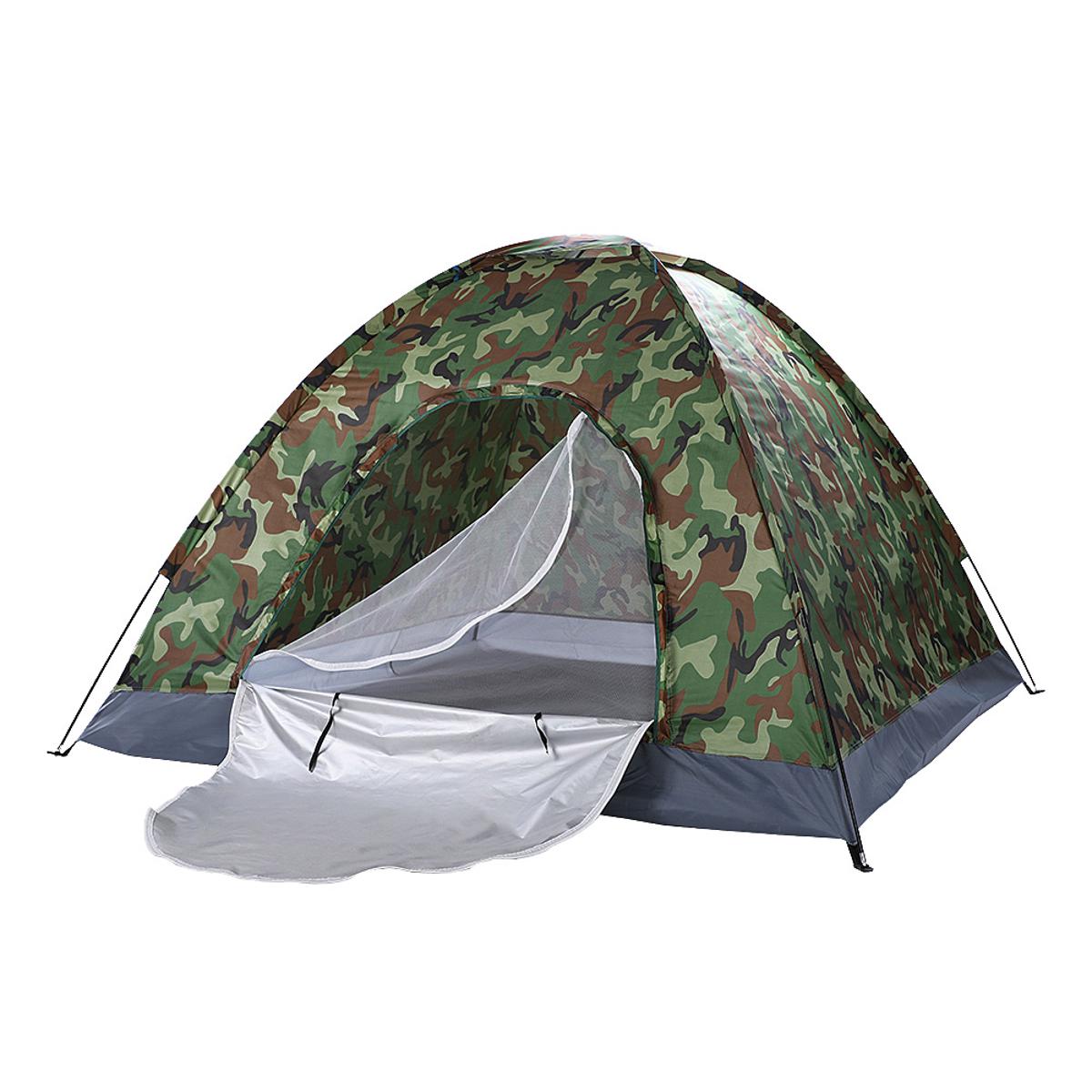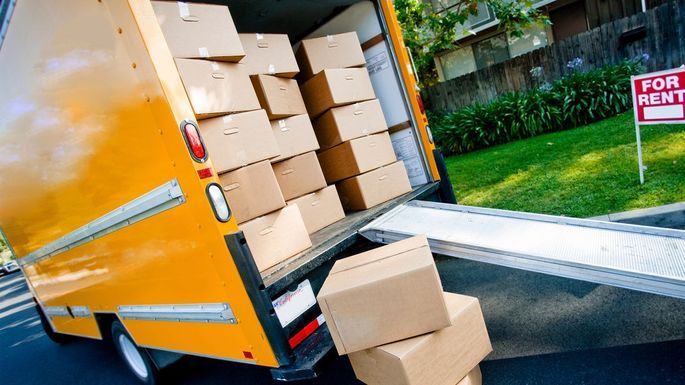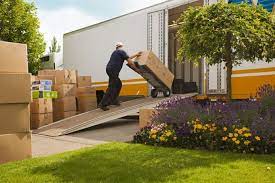A long-distance move is a major life event that requires careful planning, organization, and attention to detail. Packing and protecting your belongings properly is critical to ensuring that they arrive in the same condition as they left. While hiring professional movers can make the process easier, there are some steps you can take to ensure the safety of your belongings during the move. We’ll give you helpful hints and strategies for packing and protecting your belongings for a long-distance move in this blog. We’ll also discuss the importance of hiring professional movers without naming any specific companies.
Before You Start Packing
It is critical to have a plan in place before you begin packing your belongings. Here are some important preliminary steps:
1. Declutter: Use this opportunity to sort through your belongings and declutter your home. Donate or sell unwanted items to reduce the number of items you’ll need to pack.
2. Make an Inventory: Make a thorough inventory of all your belongings. This list will assist you in keeping track of your belongings during the move and will be invaluable in the event of loss or damage.
3. Gather Packing Supplies: Collect all necessary packing supplies, such as sturdy boxes, packing paper, bubble wrap, packing tape, markers, and furniture blankets.
4. Pack an Essentials Box: Make an essentials box with items you’ll need right away in your new home, such as toiletries, clothing, and important documents.
Packing Suggestions
Follow these helpful hints when packing your belongings for a long-distance move:
1. Use Quality Boxes: Invest in sturdy, high-quality boxes in a variety of sizes. Use of damaged or old boxes should be avoided because they may not provide adequate protection.
2. Label Everything: Clearly label each box with its contents as well as the room to which it belongs. This will make unpacking at your new location much faster.
3. Pack One Room at a Time: Concentrate on packing one room at a time. This method allows you to stay organized while also ensuring that similar items are packed together.
4. Protect Fragile Items: Use bubble wrap, packing paper, or foam padding to protect fragile items such as glassware, dishes, and electronics. To prevent shifting, wrap each item individually and fill any empty spaces in boxes with packing material.
5. Furniture Disassembly: Take apart furniture such as tables and bed frames to make them easier to transport. To reassemble later, keep all screws and hardware in labeled bags.
6. Heavy Items at the Bottom: Pack heavier items at the bottom of boxes and lighter items on top. This helps to keep the boxes stable during transit.
7. Wrap Furniture: To protect large furniture pieces from scratches and damage during transportation, use furniture blankets or moving pads.
8. Secure Drawers and Doors: When moving dressers, cabinets, or appliances that have doors and drawers, use packing tape to keep them in place and prevent accidents during transit.
9. Overpacking Boxes: Avoid overloading boxes, which can cause them to become too heavy and prone to breaking. Fill boxes to a reasonable weight capacity, and use extra boxes for overflow.
10. Seal Boxes Tightly: To securely seal boxes, use high-quality packing tape. Use extra tape to reinforce the bottoms and tops of boxes to keep them from opening during the move.
Keeping Valuables Safe
Certain items require extra care and attention during a long-distance move to keep them safe:
1. Jewelry and Valuables: Instead of packing them with the rest of your belongings, keep valuable jewelry and important documents with you during the move.
2. Artwork and Antiques: To ensure the safety of valuable artwork and antiques, consider custom crating or special packaging.
3. Electronics: Whenever possible, pack electronics in their original boxes. If not, protect screens and delicate components with anti-static bubble wrap and cushioning.
4. Plants: Plants should be transported in open containers to allow for proper ventilation. Avoid exposing them to extreme temperatures while transporting them.
Loading the Moving Van
Loading the moving truck correctly is critical for the safety of your belongings during a long-distance move:
1. Heavy Items First: Items that are heavy First, load heavy furniture and boxes onto the truck and stack them up against the walls. This provides a solid foundation for the rest of your items.
2. Tie-Downs: Use tie-downs or straps to keep heavy items from shifting during transit.
3. Weight Distribution: To maintain balance, distribute weight evenly throughout the truck. Heavy items should go on the bottom, and lighter items should go on top.
4. Secure Fragile Items: To prevent breakage, make sure that fragile items are well-padded and secured.
5. Maximize Space: Make efficient use of all available space in the truck to reduce the possibility of items shifting during the journey.
Seeking Professional Moving Assistance
While taking these precautions can greatly improve the safety of your belongings during a long-distance move, hiring professional long distance moving Greenville SC can provide additional peace of mind. Here’s how they can help:
1. Efficient Packing: Professional movers have the knowledge and experience to pack your belongings efficiently and securely, ensuring that they are well-protected during transit.
2. Equipment and Tools: They come with the necessary tools, equipment, and materials, such as furniture blankets and packing supplies, to effectively protect your belongings.
3. Loading and Unloading: Movers handle the loading and unloading of your belongings, relieving you of physical strain and reducing the risk of damage.
4. Logistical Expertise: They have the logistical expertise to plan the route, handle transportation, and coordinate the timing of your move, all of which contribute to the safety of your belongings.
5. Insurance Coverage: Many professional movers provide insurance coverage to protect your belongings during transit, adding an extra layer of protection.
Conclusion
Packing and protecting your belongings for a long-distance move is a time-consuming process that necessitates meticulous planning and attention to detail. You can ensure that your items are well-prepared for the journey ahead by following the tips outlined in this guide. While there are many steps you can take to protect your belongings, hiring professional movers can provide the expertise and support you need to protect your belongings during a long-distance move, allowing you to focus on settling into your new home with peace of mind, find more here.
















Leave a Reply